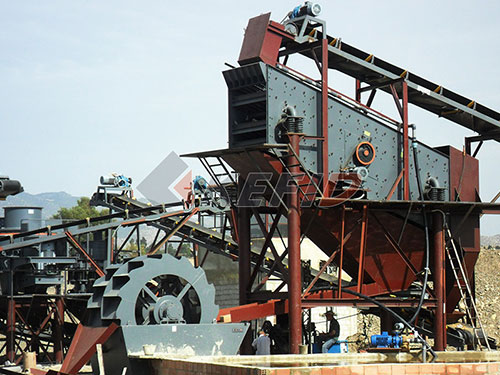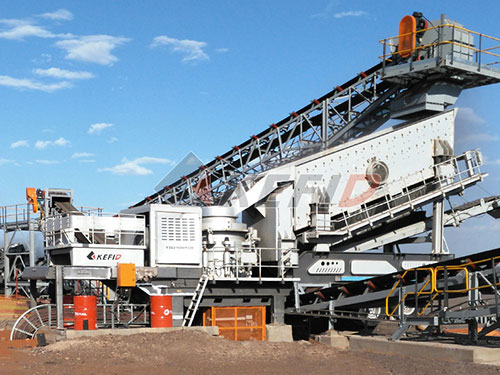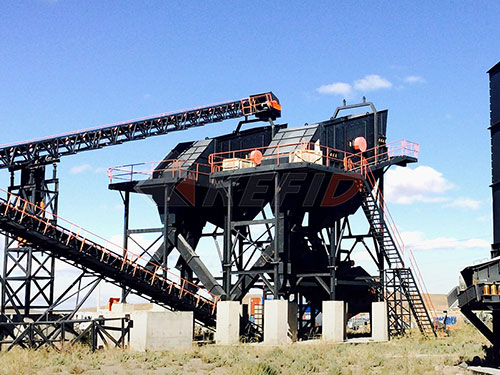Beyond the Price Tag: Decoding the True Cost of Pumice Crushers for European Cosmetic Success

The allure of finely ground pumice powder is undeniable within the European cosmetic industry. This naturally occurring volcanic glass, prized for its gentle exfoliating properties, oil-absorbing capabilities, and unique textural contributions, is a cornerstone ingredient in scrubs, masks, cleansers, and even decorative mineral makeup. However, transforming raw, porous pumice rock into the meticulously graded powders demanded by high-end cosmetic formulations requires specialized machinery: the pumice crusher and grinding mill system. For procurement managers and production directors across Europe, understanding the total price of acquiring and operating this essential equipment is not merely an accounting exercise; it’s a critical strategic decision impacting product quality, operational efficiency, compliance, sustainability credentials, and ultimately, profitability.
The initial purchase price (Capex – Capital Expenditure) is the most visible cost component but represents only the tip of the iceberg. A comprehensive “Total Price” analysis must encompass the entire lifecycle cost:
1. Capital Expenditure (Capex):
Equipment Base Price: This varies significantly based on capacity (kg/h or t/h), target particle size distribution (coarse exfoliants vs. ultrafine powders < 20 microns), material of construction (critical for avoiding contamination – 316L stainless steel often essential), automation level (manual vs. PLC-controlled), and brand reputation/reliability.
Auxiliary Equipment: Rarely does a crusher work in isolation. Essential additions might include:
Pre-Cleaning/Sorting: Vibratory screens or air classifiers to remove non-pumice debris.

Feeding Systems: Controlled vibratory or screw feeders for consistent input.
Dust Collection & Containment: Absolutely paramount in cosmetics (GMP/HACCP) and for operator safety/ATEX compliance. High-efficiency cartridge filters or baghouses with HEPA final filters represent a major cost factor.
Cooling Systems: Crucial if grinding generates significant heat that could alter pumice properties.
Classification/Sieving: Integrated or downstream air classifiers or vibratory sieves to achieve precise particle cuts.
Packaging Integration: Automated bagging or big-bag filling stations.
Engineering & Installation: Costs for plant layout design, foundation work (vibration isolation is critical), utility connections (

Leave a Reply